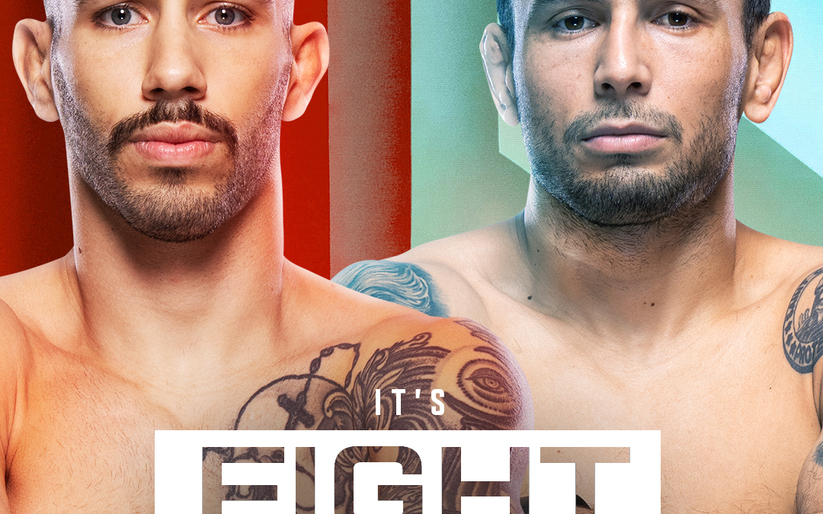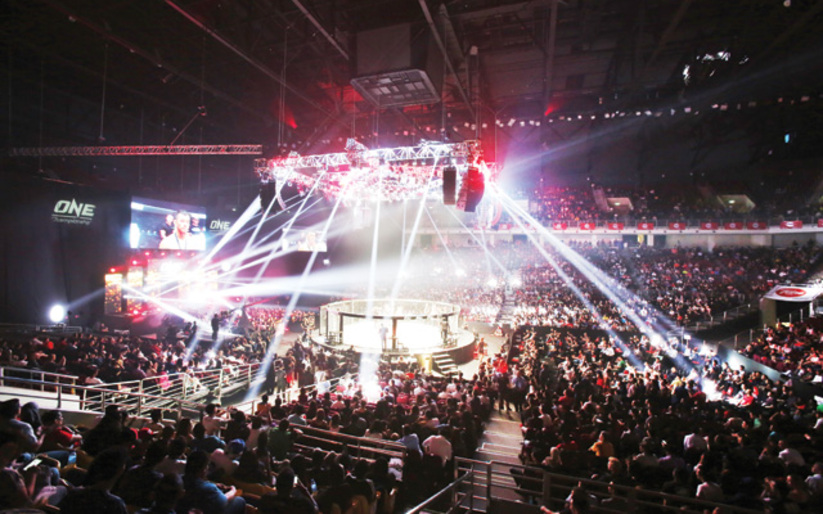“The best example right now is how long have fight fans wanted to see Mayweather versus Pacquiao? Forever man. That’s the fight I want to see, and it’s not happening. These guys are getting offered crazy amounts of money and the fight just can’t be made.” – Dana White, July 2010
“I believe my job is to put on fights that people want to see. I keep hearing fans wanting this fight and if enough people want to see it, I guess I’m gonna have to do it.” – Dana White, on Silva vs. St-Pierre, February 2011
On February 20, Floyd Mayweather announced what had become the worst-kept secret in boxing: he and Manny Pacquiao will finally meet in the ring on May 2. The fight may be five years past its prime, but the two fighters will still make “crazy amounts of money.” Mayweather will get the better of a 60-40 split on an event that will likely sell close to three million pay-per-views at $100 a pop. This is a superfight in every sense of the word.
For the first seven years of the new millennium, MMA operated on a fragmented promotional landscape with Pride and the UFC at the top. The UFC-Pride schism, with few exceptions, prevented fans from seeing cross-promotional fights like Dan Henderson vs. Chuck Liddell or Randy Couture vs. Mirko Cro Cop. As Pride collapsed, some of those dream fights became a reality: Liddell eventually fought Wanderlei Silva (though with far less luster), Couture met Antonio Rodrigo Nogueira, and Anderson Silva unified the middleweight belts against Dan Henderson.
Zuffa then bought Pride’s assets in 2007, and the UFC began their ascent to becoming the dominant promotional force in MMA. After Zuffa purchased Strikeforce in 2011, the company could rightly claim having over 90% of MMA’s elite talent under contract. There was no longer any debate about which champion was the “true” champion – whoever held the UFC belt could make that claim.
The UFC’s ascent has been great for putting together the necessary fights between contracted fighters within divisions. This results partly from having a single promoter involved and partly from the UFC having a great deal of negotiating leverage over the fighters. Simply, it’s often not in your best interest to turn down fight offers from the UFC.
Yet, this hold on the market has not led to any greater success in the superfight department. Which isn’t to say they’ve had no success. Between 2008 and 2010, the UFC had five events hit one million buys and two more reach 900,000. That pace has cooled since, with only one event over a million buys and two others over 900,000. We can break those ten events down like this:
-Four Brock Lesnar heavyweight title fights
-Two Anderson Silva middleweight title fights, both rematches
-Quinton Jackson vs. Rashad Evans
-UFC 92, which featured two title fights and Jackson vs. W. Silva
-Georges St-Pierre vs. Nick Diaz, B.J. Penn
Every fight listed was contested between two fighters who had fought under the UFC banner at least twice before and had been fighting in the same weight class. The lone exception is St-Pierre vs. Penn, a rematch that saw Penn take a break from defending his lightweight title to fight St-Pierre at welterweight. The lesson here is that big fights come along and the UFC does a good job of not screwing them up.
But they’ve done a poor job – outside of St-Pierre vs. Penn six years ago – of putting together big fights (superfights, if you will) that don’t fit those parameters. Silva vs. St-Pierre is the most obvious, a fight the UFC has sat on for seven years without putting together. They missed out on Silva fighting Jon Jones, which went to turds after Silva’s loss to Chris Weidman plus his sudden BFFness with Jones.
There were the multiple failures to bring Fedor Emelianenko in. First with Randy Couture, who wound up losing his smile for a year. Then with Brock Lesnar, in what is arguably the biggest missed connection in the sport’s history.
Couture and Emelianenko are long retired, St-Pierre’s quasi-retired with no plan on coming back, and Silva’s embroiled in a doping scandal. Lesnar’s currently weighing his options on a WWE contract that runs up in the spring, though he’d likely be best used as a “featured attraction” type of fighter if he came back to the UFC. That is a long way of saying these superfights have passed on, they are no more, they have ceased to be, they have gone to meet their maker, they are ex-superfights.
And now, the UFC lacks a credible interdivision superfight to pine after. Jones vs. Cain Velasquez is arguably the most enticing, but the latter’s injury history has left him more ghost than fighter. Chris Weidman could move up to challenge Jones, but he has an injury history of his own and a suddenly-stacked middleweight division to contend with. A Jose Aldo victory over Conor McGregor could make way for a trip up to 155 to visit Anthony Pettis, but as awesome as that fight would be, Pettis lacks the entrenchment and star power to capture casual interest.
Then there’s Ronda Rousey. The UFC hails her as the biggest star in the history of sport, though someone apparently needs to inform the pay-per-view-buying public. They attempted to bring Gina Carano back for some sort of sham spectacle, but that fell apart with Dana crying about Carano’s management being the most difficult he’s ever dealt with. The Cyborg fight has wafted around like a fart no one wants to acknowledge. Would it be a huge money maker? Probably not. But 135 has churned out nothing but “Rousey’s next sparring partner,” and Rousey desperately needs someone to step up as a foil if she and the UFC want to draw significant money with her.
The UFC has a poor track record in putting on fights in which they have to do any sort of significant negotiating/mediating between the two parties. Perhaps that may change. Coming off a tremendous down year, the company is showing urgency about putting together big fights and big events on pay-per-view. Should circumstances arise, the UFC may be less willing to let the Silva-GSPs and Lesnar-Emelianenkos slip through their fingers.



